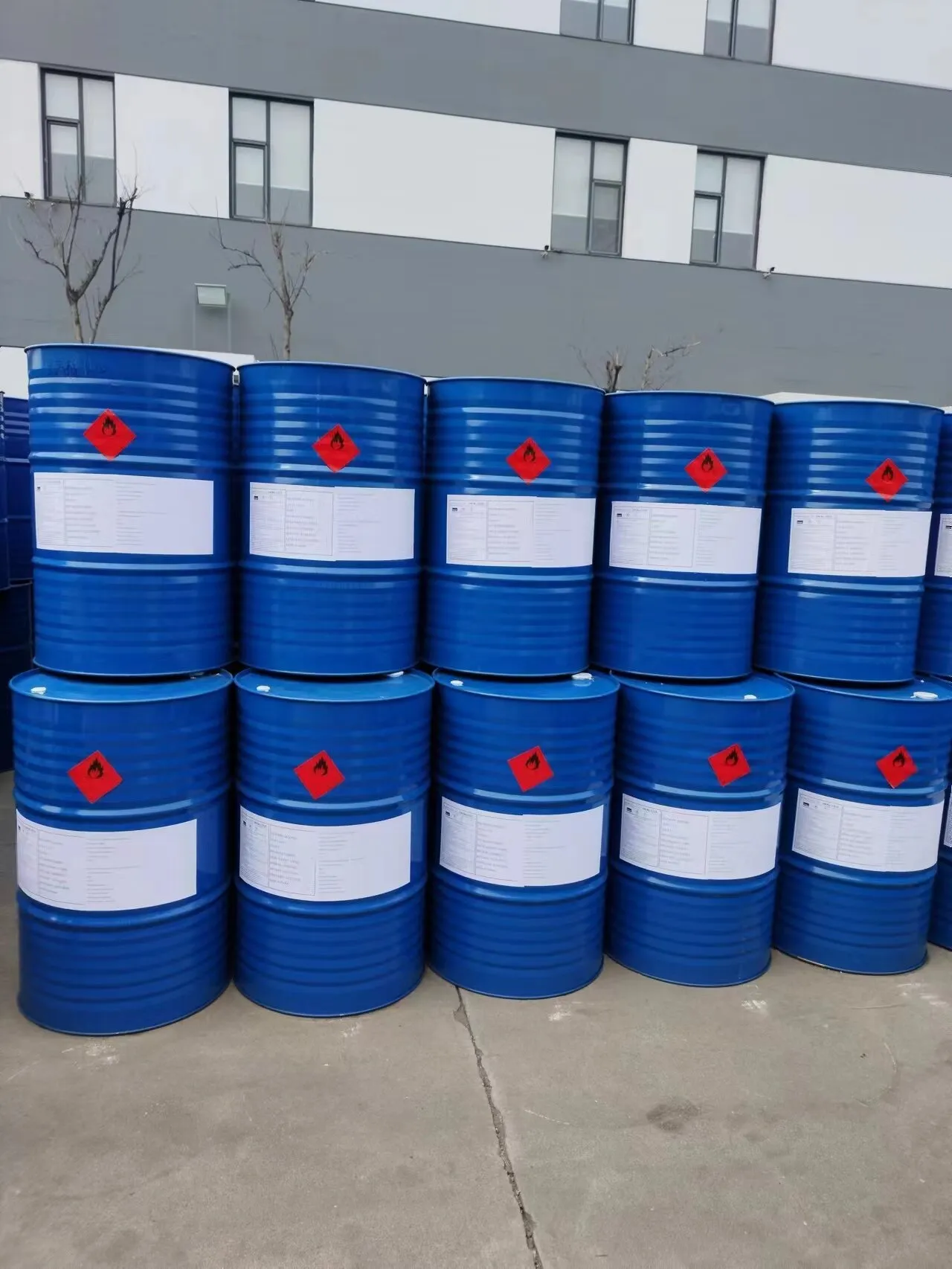
calcium chloride preservative
The Role of Calcium Chloride as a Preservative
Calcium chloride, a chemical compound with the formula CaCl₂, is widely recognized for its versatile applications in various industries, including food preservation. With its properties as a hygroscopic agent, calcium chloride plays a crucial role in extending the shelf life of many food products while maintaining their quality and safety. This article delves into the uses, benefits, and considerations of using calcium chloride as a preservative.
Understanding Calcium Chloride
Calcium chloride is an inorganic salt that is highly soluble in water. It is commonly used in a variety of applications, from de-icing roads in winter to serving as a key ingredient in brines and food preservation. Its ability to attract moisture makes it particularly effective in preventing spoilage due to microbial growth and oxidation.
Preservation Mechanism
The primary mechanism by which calcium chloride preserves food items is through its ability to control water activity. By attracting water, calcium chloride reduces the moisture available for microbial growth, thereby inhibiting the proliferation of bacteria, yeasts, and molds that can lead to food spoilage. Additionally, its calcium content not only contributes to the firmness and texture of certain foods but also enhances their nutritional profile.
Moreover, calcium chloride can alter the pH level of food products, creating an environment that is less conducive to microbial survival. This dual action—both dehydrating and pH regulation—makes calcium chloride a potent preservative for numerous types of food, including pickles, canned goods, and cheeses.
Applications in Food Preservation
1. Pickling Calcium chloride is a popular ingredient in pickling recipes as it helps maintain the crispness of vegetables while inhibiting spoilage. It is often preferred over regular salt because it doesn’t overly brine the vegetables, allowing for a firmer texture.
calcium chloride preservative

2. Cheese Production In cheese-making, calcium chloride is essential for restoring the calcium content that may be lost during pasteurization. It also aids in curd formation, impacting both the yield and quality of the cheese.
3. Canned Foods Calcium chloride is often used in canned foods to ensure they maintain their texture and quality over time. It can prevent the softening of fruits and vegetables during the canning process, thereby preserving their firmness.
4. Meat Preservation In meat processing, calcium chloride can be used in marinades or brines to enhance moisture retention and improve texture. This results in a juicier product with a longer shelf life.
Safety and Regulatory Considerations
Calcium chloride is generally recognized as safe (GRAS) when used in appropriate quantities. Regulatory bodies, including the Food and Drug Administration (FDA), have approved its use in food preservation, but it is essential for food manufacturers to adhere to established guidelines regarding its concentration and usage.
While calcium chloride is safe for consumption in moderation, excessive intake can lead to digestive issues or other health problems. Therefore, consumers should be aware of the ingredients listed on food labels, especially when it comes to processed foods containing preservatives.
Conclusion
In summary, calcium chloride plays a significant role as a food preservative through its moisture-regulating properties and ability to enhance food quality. Its applications span across various food products, from pickles to cheeses, making it a valuable ingredient in the food industry. As consumers continue to seek convenient and long-lasting food options, the role of effective preservatives like calcium chloride will remain vital. However, maintaining awareness of safety regulations and consumption levels is important for ensuring a healthy diet while enjoying preserved goods.
-
Understanding Synthetic Rubber OptionsNewsApr.27,2025
-
Trichloroisocyanuric Acid: Essential for Clean and Safe WaterNewsApr.27,2025
-
Sodium Dichloroisocyanurate: Key to Safe Water TreatmentNewsApr.27,2025
-
Sodium Acid Pyrophosphate: Essential in Modern Food ProcessingNewsApr.27,2025
-
Essential Water Treatment ChemicalsNewsApr.27,2025
-
Denatured Alcohol and Its Industrial UsesNewsApr.27,2025
-
The Versatile Uses of Sodium BicarbonateNewsApr.24,2025
Hebei Tenger Chemical Technology Co., Ltd. focuses on the chemical industry and is committed to the export service of chemical raw materials.
-

view more DiethanolisopropanolamineIn the ever-growing field of chemical solutions, diethanolisopropanolamine (DEIPA) stands out as a versatile and important compound. Due to its unique chemical structure and properties, DEIPA is of interest to various industries including construction, personal care, and agriculture. -

view more TriisopropanolamineTriisopropanolamine (TIPA) alkanol amine substance, is a kind of alcohol amine compound with amino and alcohol hydroxyl, and because of its molecules contains both amino and hydroxyl. -

view more Tetramethyl Thiuram DisulfideTetramethyl thiuram disulfide, also known as TMTD, is a white to light-yellow powder with a distinct sulfur-like odor. It is soluble in organic solvents such as benzene, acetone, and ethyl acetate, making it highly versatile for use in different formulations. TMTD is known for its excellent vulcanization acceleration properties, which makes it a key ingredient in the production of rubber products. Additionally, it acts as an effective fungicide and bactericide, making it valuable in agricultural applications. Its high purity and stability ensure consistent performance, making it a preferred choice for manufacturers across various industries.











